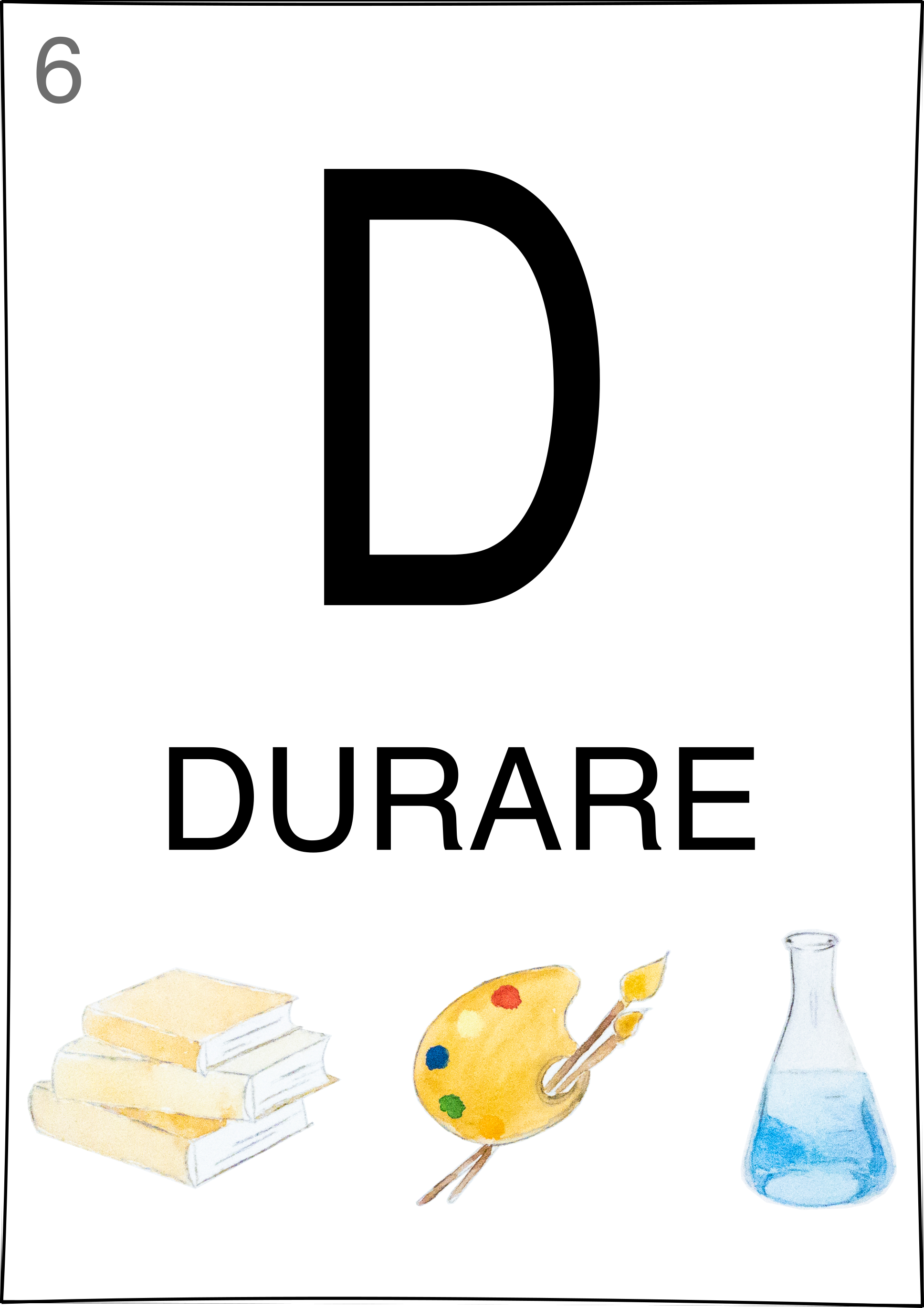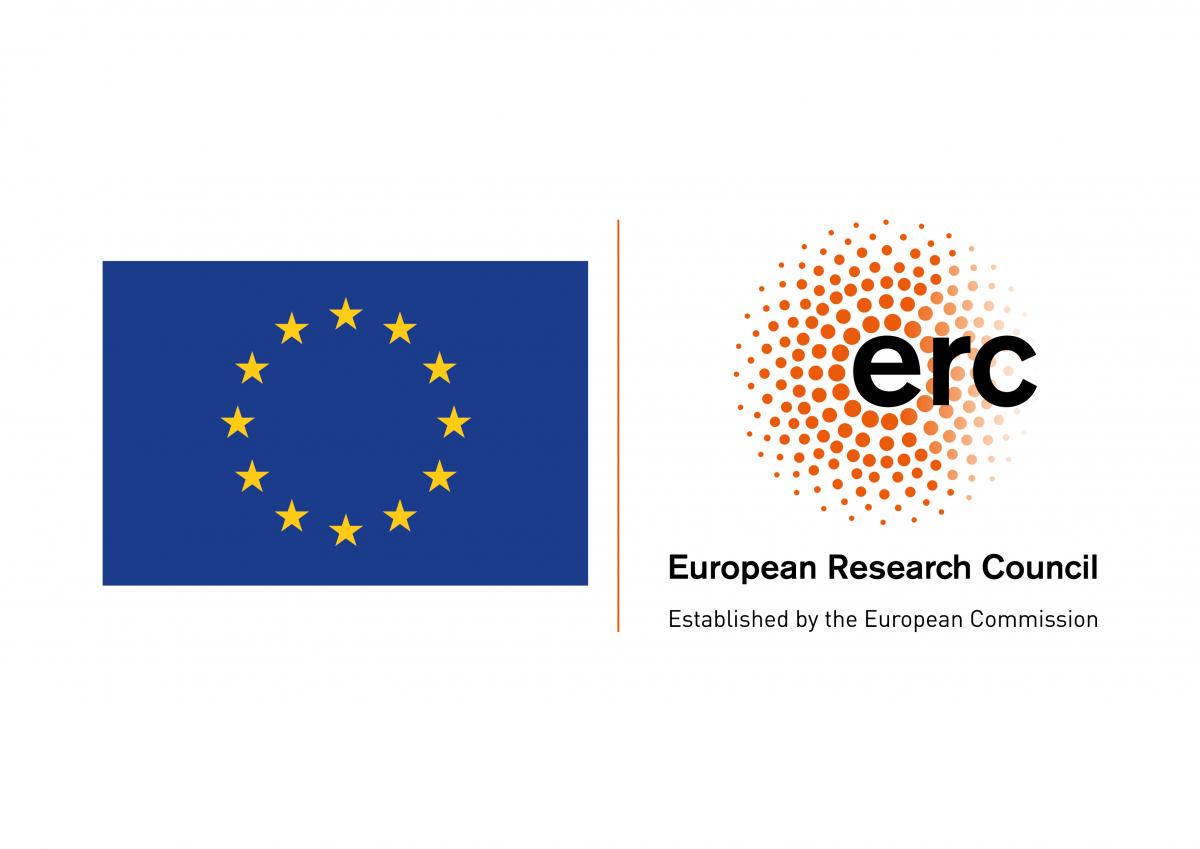Collaboration
This page provides a concise overview of the projects that DURARE collaborates with. You can get in touch with us if you are interested in working with DURARE.
DURARE is collaborating with the KNAW Young Academy project—Het Geheugen van Geur—to reconstruct a seventeenth-century fragrance created by Constantijn Huygens. Multi-disciplinary researchers from the humanities and sciences came together at the Utrecht ArtLab to follow Huygens’s recipe and distill a mixture of flower petals, spices, and herbs. In the blogpost “Making Scents of the Past” the DURARE team explains how we went about the reconstruction and discusses the importance of such laboratory work for historical research on durability.
The results can be smelled during the exhibition Constantijn Huygens. Geuren en Beelden at the museum, Huygens’ Hofwijck, 6 April – 3 July 2022.
Material ColLABoratory Project (UYA) with Peter Bijl, Sanli Faez, Peter Pelzer, and Erik van Sebille
From Oceanography to Art History and from Nanophotonics to Spatial Planning and Urban Futures, Utrecht University hosts a wide variety of researchers who all have one thing in common: A fundamental interest in materials. Some of us want to know about the transport of “stuff” in the ocean or try to understand the behavior of light in materials on the smallest of scales. Others study how the tiniest of fossils can help predict future sea-level rises or how artisans of the past investigated materials to ensure object durability for hundreds, sometimes thousands of years. Materials are also a defining part of society at large; they afford and sustain the interactions between people and their environment — in the past, today and in the future.
The Material ColLABoratory Project focuses on materials and making to unite scholars and students across disciplines and bidirectionally connect academic research to society and the issues that are important to us and the world. It does so through the organization of workshops that focus on a specific material with invited maker(s) (i.e. artists, designers, craftspeople) through one or more hands-on exploration activities. Examples are the production of colorants and dyeing, the preparation of natural adhesives, the cutting and polishing of minerals, casting with plastics, or a clay and fossil workshop etc. The goal is not to create a work of art, but rather—as a group—to get a grasp on the material and its properties, in what context they matter, why and to whom.
Science and the Art of Lasting Long (PtS seed funding) with Sanli Faez, Allard Mosk, and René van Roil
This project aims to bring together historical knowledge on the art of making things last with the best-known scientific description of the related physical processes in a series of joint seminars and a collection of essays. Each seminar will be prepared by a maker (e.g., from the fields of art, design, craft) or an (art-)historian in collaboration with a natural scientist. The aim is to start a dialogue with the public about the science and art of durability. We will ask our speakers how long-lasting phenomena or artefacts can be explained by studying their historical paths as well as their scientific descriptions. Each joint session deals with a single theme, from historical or artistic, and scientific perspectives. Topics include Glass, Paper, Adhesives, Wood, Paint, Polishing, Machines, Architecture and Design, Weather-forecasting, Catalysers, Secrets of Art Masters, Coastal-line preservation, and we are expanding our search.
Structures of Strength
The Structures of Strength (SoS) project aims for direct social impact through active collaboration between researchers from diverse fields. SoS does so by centering a research group around a single focus: porous materials. Porous materials are a key aspect in all facets of life, from biology to engineering to art. This is reflected in the two cross-boundary challenges related to porosity that SoS formulated: improving intestinal barriers and protecting historical monuments. DURARE contributes a hands-on historical perspective that shows how we can give scientific knowledge about porosity societal meaning through studying art production.
Click here for more information about the project.




 @erc_durare
@erc_durare